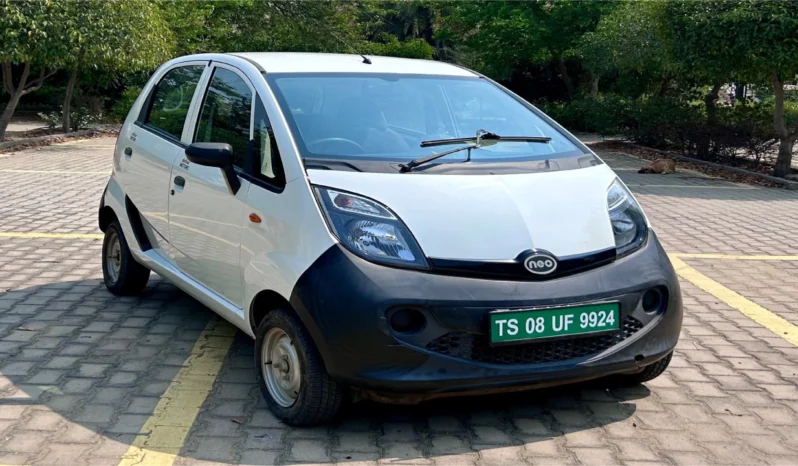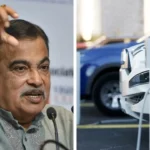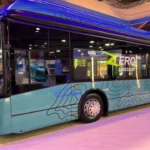The Dream of Ratan Tata, an electric version of the Tata Nano, Neo EV. It was an incredibly inspiring story that had all possibilities of innovation, ambitions, and unfulfilled potential in it. Jayem Automotives started this project in partnership to bring out an affordable electric vehicle to alter the means of transportation in urban India.
The Nano EV Vision
Ratan Tata’s vision for the Neo EV, written in 2015, would have transferred the Nano into the electric age. Two variants were proposed for its fleet: the 48 Volt variant and the more powerful variant of 72 Volt. Ratan Tata took industry leaders, such as Ola’s Bhavish Aggarwal, on test drives himself and showed enthusiasm for electric mobility.
Bhavish Aggarwal claims, “He simply said, ‘Bhavish, I want to take you somewhere and show you something exciting.” Ola Electric actually got launched on that day.
Technical Advancements
The Neo EV has significant mechanical development compared to the traditional Nano. A rear-mounted electric motor and underneath the front seats stored a 17kW battery. This design enabled it not only to enhance weight distribution but also driving dynamics. Projecting a mileage of around 200 km on a full charge made this one appealing to an urban commuter.
Challenges Faced by Nano EV
Jayem Auto’s Managing Director J Anand summed up, “I don’t want to talk about the EV project. Why should we talk about the project that did not succeed due to a lot of government regulations? Covid-19 and new crash regulations impacted expansion.”
Along with these regulatory issues, the market conditions were also hostile for the production and sales operations. The COVID-19 pandemic even further shook timelines and market preparation. Therefore, only about 400 units were produced for pilot runs in cities like Hyderabad and Bengaluru, mainly as taxis during the pandemic.
Nano EV as a Launching Pad
Neo EV should have been a launching pad for India’s transformation into electric mobility. At a price point where it is affordable and attractively designed, it could have satisfied wide cross-sections of two-wheeler users transitioning to cars.
Ratan Tata is very clear on stating that it was not a car, but rather fulfilling social needs, making mobility more accessible, and improving the quality of life with such accessible transport. That is why failure to launch the Neo EV overshadows the complexity of innovation in an evolving automotive landscape.
Future Electric Mobility
Though the Neo EV failed to achieve its vision, it remains a significant aspect of Ratan Tata’s direction toward sustainable mobility. As India cedes the way to accelerate into electric vehicles, it can take the essential learnings from this project for its future endeavours. Companies need to concentrate on fundamental marketing strategies. Understand the perception of their consumers and be agile enough to be responsive to changes in the regulatory framework.
ELCTRIK Speaks
Ratan Tata’s journey with the Neo EV embodies the best of ambition and resilience in the face of adversity. As India is ready to take a giant leap toward an electric revolution, Tata’s legacy inspires innovation in sustainable transportation. While Neo EV was perhaps a missed opportunity, it remains a stepping stone toward realizing the vision of Ratan Tata to bring affordable electric mobility to all Indians.







